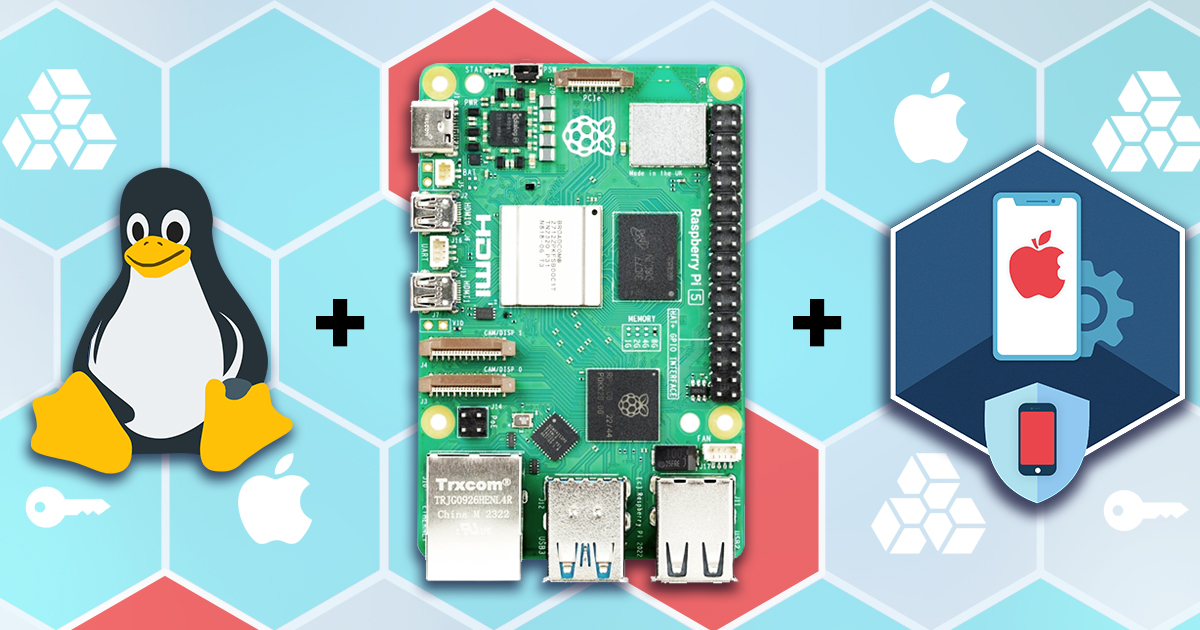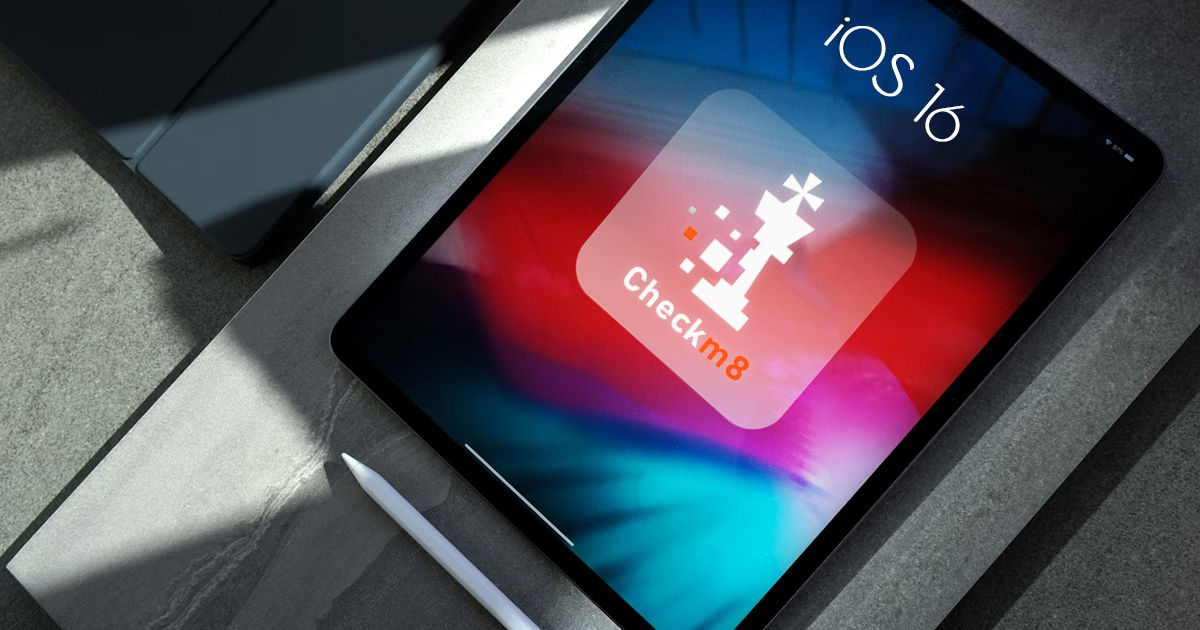Accessing a locked system is always a challenge. Encrypted disks and encrypted virtual machines, encrypted files and passwords are just a few things to mention. In this article we are proposing a straightforward workflow for investigating computers in the field.
It’s been a week since Apple has released iOS 14.2 as well as iOS 12.4.9 for older devices. Just a few days later, the developers updated the checkra1n jailbreak with support for new devices and iOS versions. What does that mean for iOS forensics? Let’s have a look; we have done some testing, and our discoveries are positively consistent with our expectations. Just one exception: to our surprise, Apple did not patch the long lasting vulnerability in iOS 12.4.9 that leaves the door open to full file system extraction and keychain acquisition without jailbreaking.
Intuit Quicken is one of the oldest tools of its kind. Over the years, Quicken had become the de facto standard for accounting, tax reporting and personal finance management in North America.
Believe me or not, but this is exactly the 500th post in our blog! The first one was posted in March 2009 and was about Distributed Password Recovery and GPU acceleration. At that time, we even did not do mobile or cloud forensics. Today it’s not about our achievements. I want to thank you for being with us, and share a few bits and pieces about our blog that you may find handy or at least amusing.
We have plugged the last gap in the range of iOS builds supported on the iPhone 5s and 6. The full file system extraction and keychain decryption is now possible on these devices regardless of the version of iOS they are running – at least if that’s iOS 9 or newer. For all other iOS devices up to and including the iPhone 11 Pro Max, we can extract them without a jailbreak if they are running iOS 9 through 13.5 without exceptions. Read how we made this possible.
Criminals are among the most advanced users of modern technology. They learned how to hide information in their smartphones and how to encrypt their laptops. They communicate via secure channels. Their passwords never leak, and they do their best to leave no traces. Forensic investigators encounter new challenges every other day. In this article, we will discuss yet another tool used by the criminals to cover their traces: the encrypted virtual machine.
We all have habits. Morning coffee (no sugar, just some milk), two eggs (sunny side up), reading mail wile you are not completely awaken, and a lot more. We all follow some kind of rules we have set for ourselves. We all have some favorites: names, cities and even numbers; maybe an important date or place. Can we exploit people’s habits to break their passwords effectively instead of using brute force? We can, and here’s the how-to.
Virtual machines use a portable, hardware-independent environment to perform essentially the same role as an actual computer. Activities performed under the virtual umbrella leave trails mostly in the VM image files and not on the host computer. The ability to analyze virtual machines becomes essential when performing digital investigations.
Last year, we have developed an innovative way to extract iPhone data without a jailbreak. The method’s numerous advantages were outweighed with a major drawback: an Apple ID enrolled in the paid Apple’s Developer program was required to sign the extraction binary. This is no longer an issue on Mac computers with the improved sideloading technique.
Regular or disposable Apple IDs can now be used to extract data from compatible iOS devices if you have a Mac. The use of a non-developer Apple ID carries certain risks and restrictions. In particular, one must “verify” the extraction agent on the target iPhone, which requires an active Internet connection. Learn how to verify the extraction agent signed with a regular or disposable Apple ID without the risk of receiving an accidental remote lock or remote erase command.


